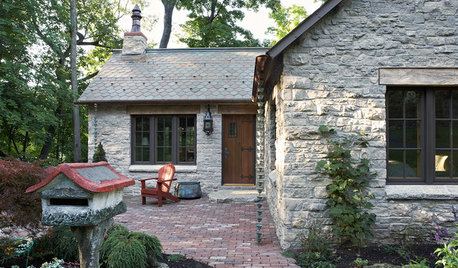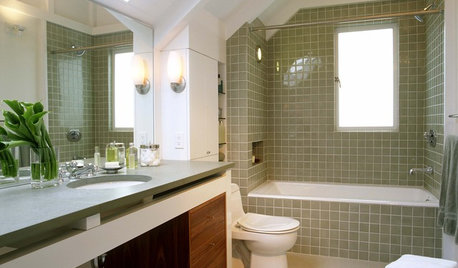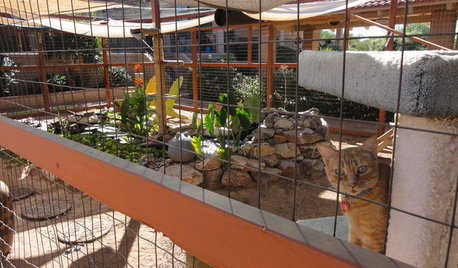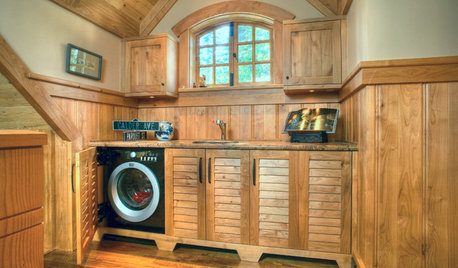Aluminum Spiral Flex versus Steel Spiral Flex
plumeriavine_2010
14 years ago
Featured Answer
Sort by:Oldest
Comments (9)
tom_o
14 years agoplumeriavine_2010
14 years agoRelated Professionals
North Versailles Electricians · Bound Brook General Contractors · Dardenne Prairie General Contractors · Del Aire General Contractors · DeRidder General Contractors · Fort Lee General Contractors · Randolph General Contractors · San Marcos General Contractors · Solon General Contractors · West Mifflin General Contractors · Security-Widefield General Contractors · Roselle Park Solar Energy Systems · Weymouth Solar Energy Systems · Fort Bragg Home Automation & Home Media · Woodlawn Home Automation & Home Mediabrickeyee
14 years agoplumeriavine
14 years agoRon Natalie
14 years agohendricus
14 years agobrickeyee
14 years agoweedmeister
14 years ago
Related Stories

REMODELING GUIDESArtful Stairs: Continuity in Steel
Ribbonlike Stairs of Steel Seem to Nearly Float on Air
Full Story
GREEN BUILDINGHouzz Call: What Have You Salvaged for Home Use?
If your floors, furniture, exterior materials or other home elements have a past life, we'd like to hear the story
Full Story
BATHROOM DESIGNHow to Settle on a Shower Bench
We help a Houzz user ask all the right questions for designing a stylish, practical and safe shower bench
Full Story
ECLECTIC HOMESMy Houzz: Ecofriendly and Salvaged Style in a Montreal Triplex
Repurposed materials, graywater reuse, and no-VOC paints make for a resourcefully earth-friendly home in Quebec
Full Story
BATHROOM DESIGN12 Things to Consider for Your Bathroom Remodel
Maybe a tub doesn’t float your boat, but having no threshold is a no-brainer. These points to ponder will help you plan
Full Story
PETSSee a Deluxe 'Catio' Built for Feline Fun
Sixteen lucky cats get the run of a protected outdoor patio with ramps, steps and even a koi pond
Full Story
ARCHITECTURERoots of Style: Spanish Eclectic Homes Find a Place in the Sun
Flexible stucco, intricate tiles and more have kept this multicultural style going strong for a century
Full Story
LAUNDRY ROOMSClever Ways to Hide a Laundry Station
When you don’t have a whole room to devote to the wash, use these solutions to tuck the machines out of view
Full StoryMore Discussions









plumeriavine